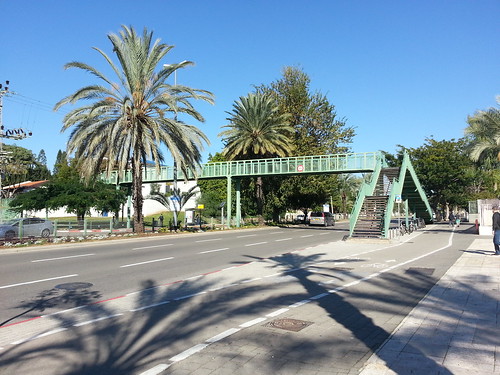A big report titled “Making the Case for Designing Active Cities” was published a few months ago by the Active Living Research Unit at the University of California in San Diego. This report synthesizes over 400 papers based on five physical planning subjects: Parks; Urban Design and Land Use; Transportation; Schools; and Buildings.
These five planning subjects and the papers relating to them are then evaluated to assess the co-benefits of activity-friendly design on six societal issues: Physical Health; Mental Health; Social Benefits; Safety; Environmental Sustainability; and Economics.
Not surprisingly, it appears that activity-friendly design has major benefits that are tied together – from health to economy and sustainability. Although there is a growing body of research linking urban planning to health outcomes the division between public health officials and urban planners remains strong, or as Neil Blackshow puts it:
Town or spatial planning as it is more accurately called has at its heart the attempt to manage those very same determinants of health – employment, housing, transport, education and environment. You might therefore expect it to be at the forefront of the challenge to improve health and wellbeing in our urbanising world, but this is not the case. There is strong evidence that there is a very poor level of mutual understanding and weak integration between planning and health professionals and their interventions.
Health officials in planning committees generally are busy with issues relating to industrial pollution and water treatment at best. Their spatial planning understanding is usually weak. In contrast, the urban planners tend to focus on the number of parking spots and housing units under consideration (sometimes the planning discussion only involves parking spots), and are oblivious to the general health and lifestyle outcomes their planning promotes or prevents.
This has been clearly said by James Sallis, Chad Spoon and their associates in the report mentioned above:
An important barrier to environmental changes that support physical activity is that decision-makers do not consider physical activity an important enough rationale to justify policy changes and investments. Even if a decision-maker is well aware of the important effects of physical activity on health and health care costs, health may not be on the agenda of the decision-maker. Decisions taken in the transportation, city planning, parks and recreation, education, architecture, and business fields often determine whether environments facilitate, or create barriers to, physical activity. Health is often not part of the mission of these groups. Though mayors, city councilors, and similar officials work everyday to balance competing interests, most of them do not understand that environments that support physical activity produce additional benefits for their communities. Thus, creating activity-friendly environments can be a solution that solves multiple problems.
This situations was evident at a recent three day workshop on planning for activity and public health at the University of Haifa. The participants were mainly from the health-related fields while the planners, geographers and traffic engineers were missing. This reflects the fact that planning related health issues are completely missing from the table.
Walking is discouraged along this road in Tel Aviv

The Active Living Research report concludes that the findings clearly support making decisions in favor of activity-friendly places, in face of current planning systems that work hard to design activity out of everyday life:
Changing policies about built environments is usually a politically difficult process, opposed by vested interests and vocal citizens. Evidence of the benefits of change may not be sufficient to overcome voices of negativity. Fortunately, we can expect many powerful voices to speak in favor of creating activity-friendly environments. Real estate developers can make more profits. Homeowners will likely see their properties appreciate. Retailers can expect more business. Most importantly, the majority of people, at least in the US, support more walkable communities, more walking and bicycling facilities, and more and better parks and recreation facilities. People want to live in walkable communities but cannot because zoning laws in the US favor single-use, automobile-dependent developments. Though there is opposition to every proposal, support for activity-friendly environments appears to be widespread and growing.
I hope that in the not too distant future, alongside the changes to the outdated traffic engineer profession, the new urban planners will also bear in mind the health outcomes of their designs and our public health officials will learn a bit on how urban planning affects their jobs.

